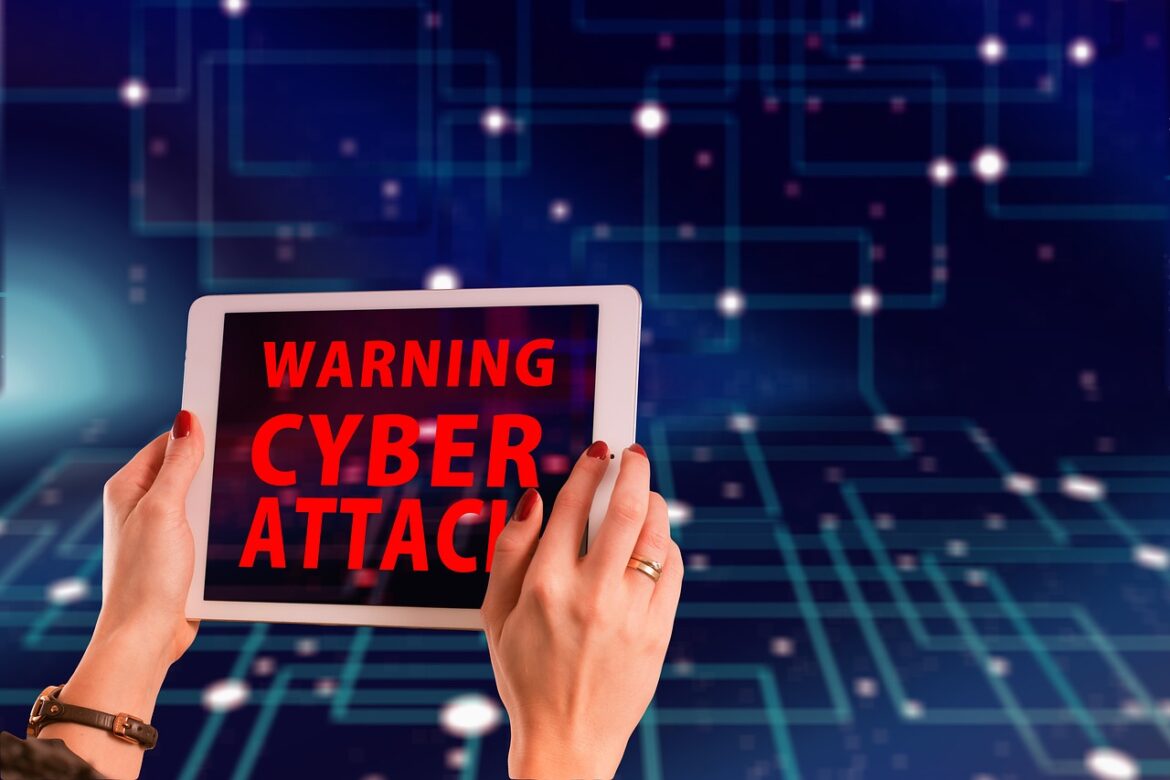Imagine walking through the opulent doors of Harrods or Marks & Spencer, only to find that their digital worlds are under siege. In May 2025, these iconic luxury retailers became the latest victims of a coordinated cyberattack campaign. This isn’t just about credit card information; it’s about a new era of threats that imperil even the most exclusive brands. Let’s dive into the world where luxury meets vulnerability and explore how these attacks are reshaping the retail landscape.
The Harrods Incident: A Luxury Brand Under Attack
The news broke in early May 2025 when Harrods confirmed attempts to breach its systems. The response was swift: restricting internet access across all physical locations while keeping the online store operational. Despite containment efforts, the incident underscored systemic risks and highlighted how even luxury retailers are not immune to cyber threats.
Key Aspects of the Harrods Incident:
- Nature of the Attack: Unauthorized access attempts led Harrods to restrict internet access to ensure security.
- Impact on Operations: While stores remained open, backend functions like inventory management and communications might have been affected.
- Protection of Customer Data: Assuredly, no customer payment data was compromised during the incident.
The Broader Pattern: Coordinated Attacks on UK Retailers
Harrods isn’t alone in this fight. Marks & Spencer and The Co-op also faced similar attacks, hinting at a larger, orchestrated assault on the retail sector. These breaches didn’t happen in isolation; they likely involve common vulnerabilities such as compromised third-party vendors.
Highlights of Recent Retail Attacks:
- Third-Party Vulnerabilities: Attacks often exploit weaknesses in supply chain vendors, a worryingly common entry point for cybercriminals.
- Ransomware Threats: Ransomware-as-a-service models pose a significant threat, especially for retailers using outdated software systems.
- Economic Impact: Companies like M&S saw substantial market value losses, underlining the financial risks associated with cybersecurity failures.
The Role of AI in Cybersecurity: From Buzzword to Essential
n recent years, AI has moved from a futuristic concept to a critical tool in cybersecurity. The RSAC 2025 conference underscored how AI is no longer optional for companies looking to stay ahead of cyber threats. AI’s ability to automate security processes and analyze vast amounts of data in real-time makes it indispensable in today’s cyber landscape.
Why AI Matters for Cybersecurity:
- Automated Threat Detection: AI systems can identify security threats faster and more efficiently than human teams.
- Predictive Security: By analyzing patterns, AI can predict and prevent cyberattacks before they occur.
- Real-Time Response: AI enables quicker response times to emerging threats, minimizing damage.
Lessons for Luxury Brands and Cybersecurity Strategies
For luxury retailers, the recent cyberattacks highlight the need for robust cybersecurity strategies. It’s no longer just about luxury goods; it’s about protecting the digital fabric of these brands. Here are some key strategies moving forward:
Key Cybersecurity Strategies:
- Zero-Trust Architecture: Implement systems that assume all users and devices are potential threats to enhance security.
- Continuous Monitoring: Use AI and real-time monitoring to stay ahead of emerging threats.
- Employee Training: Educate staff about phishing and other common cyberattack techniques to strengthen the human firewall.
Concluding Thoughts
Cybersecurity breaches are not just IT issues; they’re a business problem that requires immediate attention from executives and investors alike. As we see more coordinated attacks on luxury brands, the importance of a multi-layered defense strategy becomes clearer than ever. In an era where every enterprise, from local retail stores to luxury icons like Harrods, is vulnerable, cybersecurity is no longer a choice—it’s a necessity for survival.
References:
- https://www.ainvest.com/news/harrods-latest-uk-retailer-battle-hacking-attacks-2505-91/
- https://www.crn.com/news/security/2025/top-execs-at-rsac-2025-embracing-ai-is-now-not-optional
- https://www.ainvest.com/news/harrods-cyber-attack-systemic-risk-retail-investors-2505/
- https://securitytoday.com/articles/2025/04/28/verizons-2025-data-breach-investigations-report.aspx?admgarea=ht.networkcentric
- https://hackread.com/uk-luxury-retailer-harrods-by-cyber-attack-ms-co-op/
- https://vyncs.com/blogs.aspx
- https://www.ceotodaymagazine.com/2025/05/cyber-attacks-sweep-retail-sector-harrods-among-latest-victims-in-coordinated-campaign/
- https://docsbot.ai/prompts/writing



